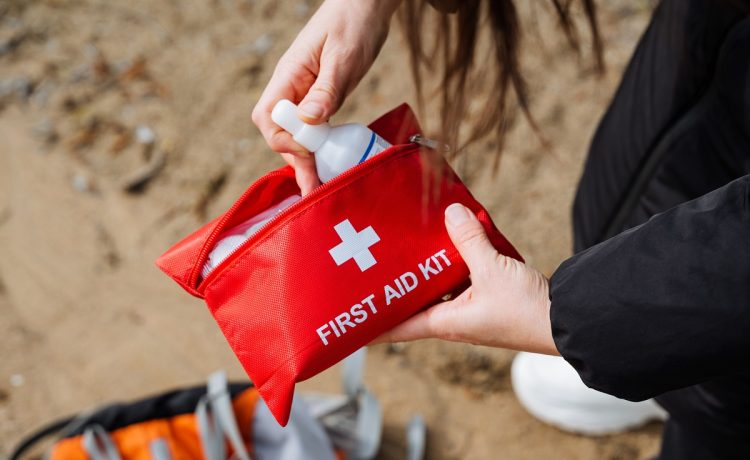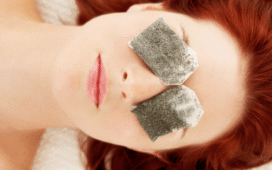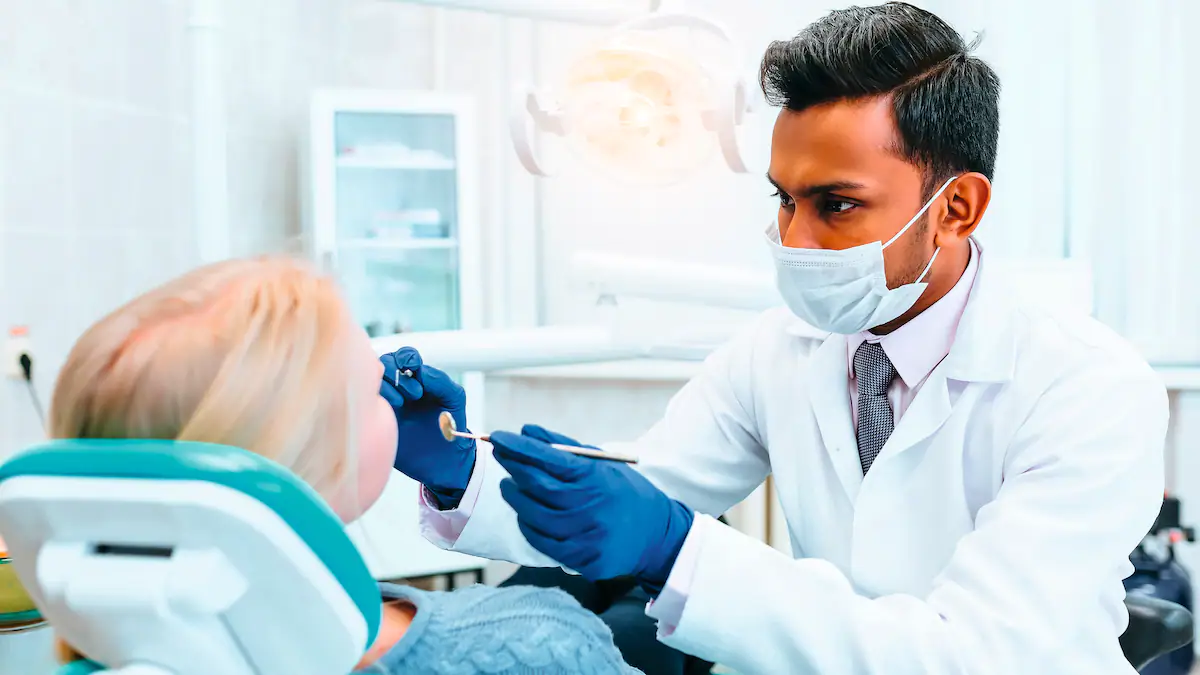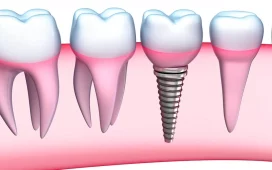Australians are known for their adventurous spirit, love of the outdoors and active lifestyles. Whether you’re hitting the beach for a surf session, trekking through the outback, or simply playing in the backyard with a Barbie doll, there’s always a chance of encountering minor injuries.
According to a report by the Australian Broadcasting Corporation, over 500,000 people visit the hospital emergency departments for unintentional injuries each year. The stats are even worse with children as over 88% of child deaths have unintentional injuries as an underlying factor.
These are significant statistics, underlining the need to be prepared for minor cuts, scrapes, burns and bites – the bread and butter of everyday first-aid.
Having a well-stocked first-aid kit readily available is crucial for several reasons. But with so many options on the market, choosing the right supplies can feel overwhelming.
This guide will equip you with the knowledge to make informed decisions when selecting first-aid kit contents for your specific needs.
Factors to Consider for Safety and Effectiveness
When assembling a first-aid kit, safety should be your guiding principle. After all, in the face of an injury or illness, the last thing you want is to reach for supplies that could potentially worsen the situation.
Here are the factors that should be a top priority when you’re assembling a medical kit for your specific needs:
- Quality
When it comes to your health, quality trumps convenience every time. Cheap, flimsy products can not only fail you when you need them most, but they could even worsen the situation. A pair of blunt scissors that can’t cut through clothing will only add frustration to a stressful situation.
High-quality supplies, on the other hand, are reliable. They’ll perform as expected, deliver the right level of protection and ultimately, give you peace of mind knowing you’re prepared.
Also, medical supplies are designed to be used on clean wounds, and low-quality products might not be properly sterilised. This increases the risk of infection, which is the last thing you want when you’re already injured.
Now, quality doesn’t have to break the bank. Do your research, look for reputable brands known for their medical supplies, and invest in core items like bandages, dressings, and pain relief medication.
So, when you’re putting together your kit, resist the urge to grab the cheapest option. Your health, and the health of those around you, is worth that little bit extra.
Spend a bit more upfront, and you’ll have a kit that’s ready for anything. A little investment that could make a big difference in a critical moment. After all, as the old saying goes, “You get what you pay for,” and when it comes to your first-aid kit, that’s especially true.
- Durability
Some folks might say, “Surely something basic is better than nothing?” That’s true, but a flimsy kit can create a false sense of security. Imagine reaching for a bandage during a stressful situation, only to have it tear in your hands. Not only is it frustrating, but it could delay treatment and potentially worsen the injury.
Durability gives you peace of mind with the knowledge that your kit will hold up when it matters most.
Extreme heat can melt flimsy bandages, rendering them useless. Durable supplies, on the other hand, can withstand the heat, staying functional even on the hottest days.
The same goes for cold weather. Brittle plastic tools can easily snap in freezing temperatures. Durable materials, however, will remain flexible and strong, no matter the conditions you throw at them.
Durability extends beyond the tools themselves down to the container that houses your precious supplies. A flimsy fabric pouch might snag on a branch or tear open in a downpour, leaving your bandages exposed to the elements.
Instead, you should opt for a hard-shell case, preferably water-resistant, to ensure your supplies are protected from dust, dirt and moisture. This way, you know they’ll be clean and functional when you need them most.
- Expiration Dates
Expiry dates are not to be ignored. They’re there for a reason, and overlooking them can have serious consequences.
Using expired supplies can actually worsen the situation. Sterile dressings and bandages past their prime might not be truly sterile anymore, increasing the risk of infection.
Expired medications might not work as intended, potentially leading to allergic reactions or even further complications. The bottom line is that expired supplies are a gamble you don’t want to take with your health.
When you’ve eventually gathered your supplies, make it a habit to check them after intervals. Every six months or so, take inventory and replace anything that’s nearing its expiry date. It’s a simple task that can make a world of difference. You could simply keep a small notebook inside your kit to jot down expiry dates as you restock.
Also Read: How to Restock and Maintain Your First Aid Supplies
- Regulatory Compliance
The Austrian regulatory compliance for first aid in commercial spaces is important for ensuring workplaces and public spaces are prepared for emergencies.
They are in place to ensure workplaces have the right equipment to deal with a wider range of potential hazards that are not present in your home.
But for your personal kit, the focus should be on practicality and what works best for you and your loved ones.
Focusing solely on regulations might restrict the types of supplies you include. There are many handy items that can be tremendously helpful in a home setting, even if they wouldn’t be considered “essential” by regulations.
For instance, soothing aloe vera gel for sunburn might not be on a regulated list, but it can be a lifesaver on a hot summer day. The key is to tailor your kit to your specific needs and potential situations.
Now, this doesn’t mean you should throw caution to the wind entirely. There are certainly some basic guidelines to follow.
In Australia, the Therapeutic Goods Administration (TGA) regulates certain medical devices. But here’s the good news: most basic first-aid supplies, like bandages, dressings, and antiseptic wipes, are generally considered low-risk and don’t require strict compliance.
- Suitability for Specific Environments or Activities
A generic kit might lack the specific supplies needed to address the most likely injuries for your chosen activity.
Let’s say you’re an avid hiker who loves to go on challenging trails in the Blue Mountains. A tumble on the rocky terrain leaves you with a nasty blister. But reaching into your first-aid kit, you only find basic adhesive bandages. Not exactly ideal for the demands of a long hike, right?
This is one of the reasons why tailoring your kit is important. By including specialist blister pads and moleskin in your kit, you’re prepared for the specific injuries common to hiking adventures.
The same logic applies across the board. If you spend most weekends at the beach, consider including sunscreen with high SPF and sting relief wipes for potential jellyfish encounters.
For those with young children, including child-sized thermometers and pain relief medication suitable for their age is essential.
Legal Requirements for First Aid Kit Supplies
There are no legal requirements in Australia dictating the specific contents of a first-aid kit for personal use. However, organisations like St John Ambulance Australia and the Australian Red Cross recommend certain first aid kit supplies based on potential risks and common injuries.
By following these recommendations, you’re increasing your preparedness and ability to effectively manage minor emergencies.















